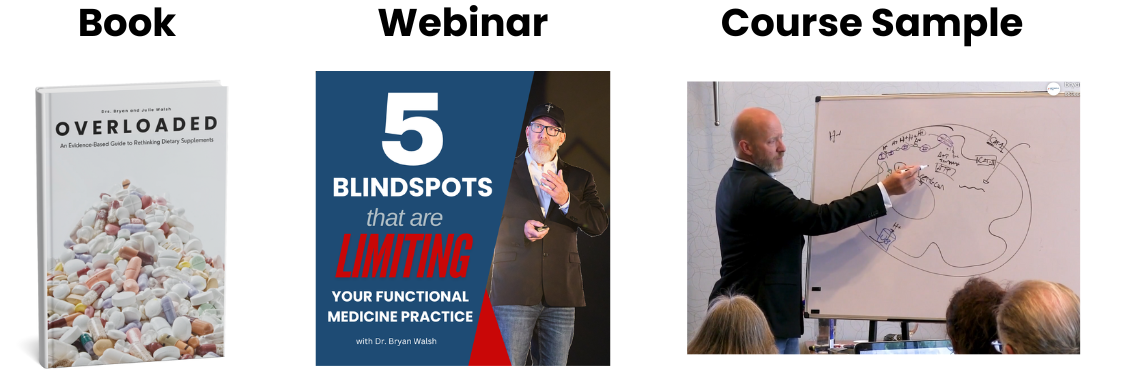Listen, as an industry we can't mess up the most valuable and cost-effective test available today, a standard blood chemistry test.
We get it - it's poorly taught. Even in our 4-year doctorate program, we were taught only conventional methods. And as for the vast majority of online courses, seminars, and materials available today (except ours, of course), they're all the same, repackaged information that lacks scientific evidence to support their claims.
We want you to buckle up and come along as we share three ways that most practitioners are missing the boat on this incredible tool.
Before that, let us point out that the first way to mess up a blood chemistry test is by not using it at all and/or using other tests instead. Practitioners love organic acid tests, urinary hormone tests, stool tests, and genetic tests. While those tests are attractive to run, fun to talk about, and entertaining to look at, none have the scientific scrutiny or accuracy blood chemistry tests have. Clinically, they can't hold a candle to a blood chemistry test.
A standard blood chemistry test is the most cost-effective, scientifically validated, accurate, and most studied lab test on the planet, which no other lab can say, but who's counting.
If a practitioner IS using blood chemistry in their practice, here are the top three ways they are messing it up. (By the way, it's not anyone's fault. The fact is, this isn't being taught. We're trying to change it.)
We get it - it's poorly taught. Even in our 4-year doctorate program, we were taught only conventional methods. And as for the vast majority of online courses, seminars, and materials available today (except ours, of course), they're all the same, repackaged information that lacks scientific evidence to support their claims.
We want you to buckle up and come along as we share three ways that most practitioners are missing the boat on this incredible tool.
Before that, let us point out that the first way to mess up a blood chemistry test is by not using it at all and/or using other tests instead. Practitioners love organic acid tests, urinary hormone tests, stool tests, and genetic tests. While those tests are attractive to run, fun to talk about, and entertaining to look at, none have the scientific scrutiny or accuracy blood chemistry tests have. Clinically, they can't hold a candle to a blood chemistry test.
A standard blood chemistry test is the most cost-effective, scientifically validated, accurate, and most studied lab test on the planet, which no other lab can say, but who's counting.
If a practitioner IS using blood chemistry in their practice, here are the top three ways they are messing it up. (By the way, it's not anyone's fault. The fact is, this isn't being taught. We're trying to change it.)

